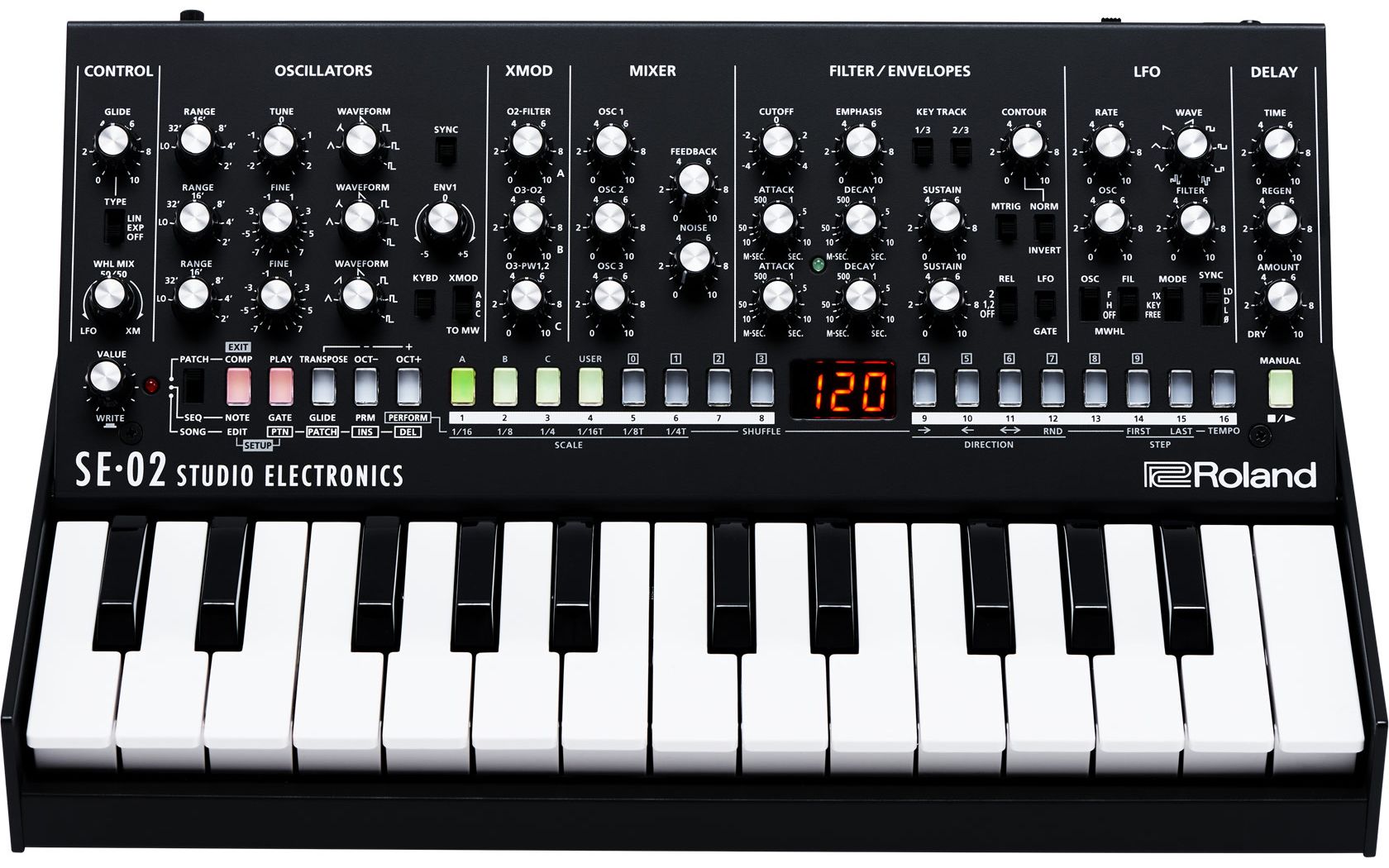What Is Voltage Controlled Oscillator

What is voltage controlled oscillator
A voltage-controlled oscillator (VCO) is an oscillator circuit whose frequency can be controlled or varied by a DC input voltage. This type of circuit is also called a voltage-to-frequency converter (VFC). The output waveform from the VCO may be sine, square, or other waveshape depending on the circuit design.
How do voltage controlled oscillators work?
A voltage-controlled oscillator is an oscillator with an output signal whose output can be varied over a range, which is controlled by the input DC voltage. It is an oscillator whose output frequency is directly related to the voltage at its input. The oscillation frequency varies from few hertz to hundreds of GHz.
What do you mean by VCO?
Techopedia Explains Voltage Controlled Oscillator (VCO) It produces a periodic signal, with the input voltage control related to the level of the frequency of the signal. A tuning element called a varactor diode is used in voltage controlled oscillators.
What is the difference between voltage controlled oscillator and crystal oscillator?
| VCO | VCXO |
|---|---|
| Higher Phase Noise | Lower Phase Noise |
Why voltage-controlled oscillator is used?
VCOs are specifically designed to produce an output signal whose frequency varies according to the amplitude of an input signal over a reasonable range of frequencies.
What is the purpose of voltage control?
voltage regulator, any electrical or electronic device that maintains the voltage of a power source within acceptable limits. The voltage regulator is needed to keep voltages within the prescribed range that can be tolerated by the electrical equipment using that voltage.
What is the principle of oscillator?
There are many types of electronic oscillators, but they all operate according to the same basic principle: an oscillator always employs a sensitive amplifier whose output is fed back to the input in phase. Thus, the signal regenerates and sustains itself. This is known as positive feedback.
What is the main function of oscillator?
Oscillators convert direct current (DC) from a power supply to an alternating current (AC) signal. They are widely used in many electronic devices ranging from simplest clock generators to digital instruments (like calculators) and complex computers and peripherals etc.
What is oscillator and its function?
Oscillators are essential components that produce a periodic electronic signal, typically a sine wave or square wave. Oscillators convert DC signal to periodic AC signals which can be used to set frequency, be used for audio applications, or used as a clock signal.
Where is voltage-controlled oscillator used?
VCOs are used in function generators, phase-locked loops including frequency synthesizers used in communication equipment and the production of electronic music, to generate variable tones in synthesizers.
Is voltage-controlled oscillator astable?
An astable multivibrator is used as voltage-controlled oscillator [see Fig. 7.13(a)]. A comparison of this with the circuit shown in Fig. 7.1 shows that here the two resistors R and R are returned to a separate source V BB rather than to V CC.
Who invented the voltage-controlled oscillator?
This object is an example of a piece of electronic equipment built (probably in the early 1960s) specifically for audio synthesis. It is custom built, possibly by Tristram Cary and was used in his early studios established in London in the mid-1960s.
What are the applications of PLL?
PLLs are widely used in wireless or radio frequency (RF) applications, including Wi-Fi routers, broadcast radios, walkie-talkie radios, televisions and mobile phones. At its simplest, a phase-locked loop is a closed-loop feedback control circuit that's both frequency- and phase-sensitive.
What are the advantages of oscillator?
Advantages of Oscillator Circuit Economical: The oscillators are cheap in cost which makes them economical. Portable: The Oscillator uses DC source to convert the unidirectional current into the bidirectional current. Due to the usage of DC source, it does not require any moving component to generate energy.
Why it is called voltage controlled device?
JFET is a three-terminal device and since gate voltage controls the drain current, JFET is called a voltage-controlled device.
What are the different types of voltage controller?
There are essentially two types of voltage controllers: single-phase voltage controllers which control voltage of 230 rms, 50–60 Hz power supply, and three-phase voltage controllers which control 400 rms voltage, 50–60 Hz power supply (depending on the country).
What is voltage control system?
An automatic voltage control (AVC) system maintains the voltage profile of a power system in an acceptable range and minimizes the operational cost by coordinating the regulation of controllable components.
What is oscillator and types?
An oscillator is a type of circuit that controls the repetitive discharge of a signal, and there are two main types of oscillator; a relaxation, or an harmonic oscillator. This signal is often used in devices that require a measured, continual motion that can be used for some other purpose.
What are the basic types of oscillators?
Types of Oscillators: Common oscillator technology variations
- Crystal Oscillators. Crystal oscillators (resonators) are made from high-quality quartz crystal wafers.
- SAW oscillators. ...
- MEMS Oscillators. ...
- Voltage-controlled oscillators.
What are the three parts of an oscillator?
Oscillators essential components are: (i) tank circuit (ii) amplifier and (iii) feedback circuit, which are shown in the given figure.













Post a Comment for "What Is Voltage Controlled Oscillator"